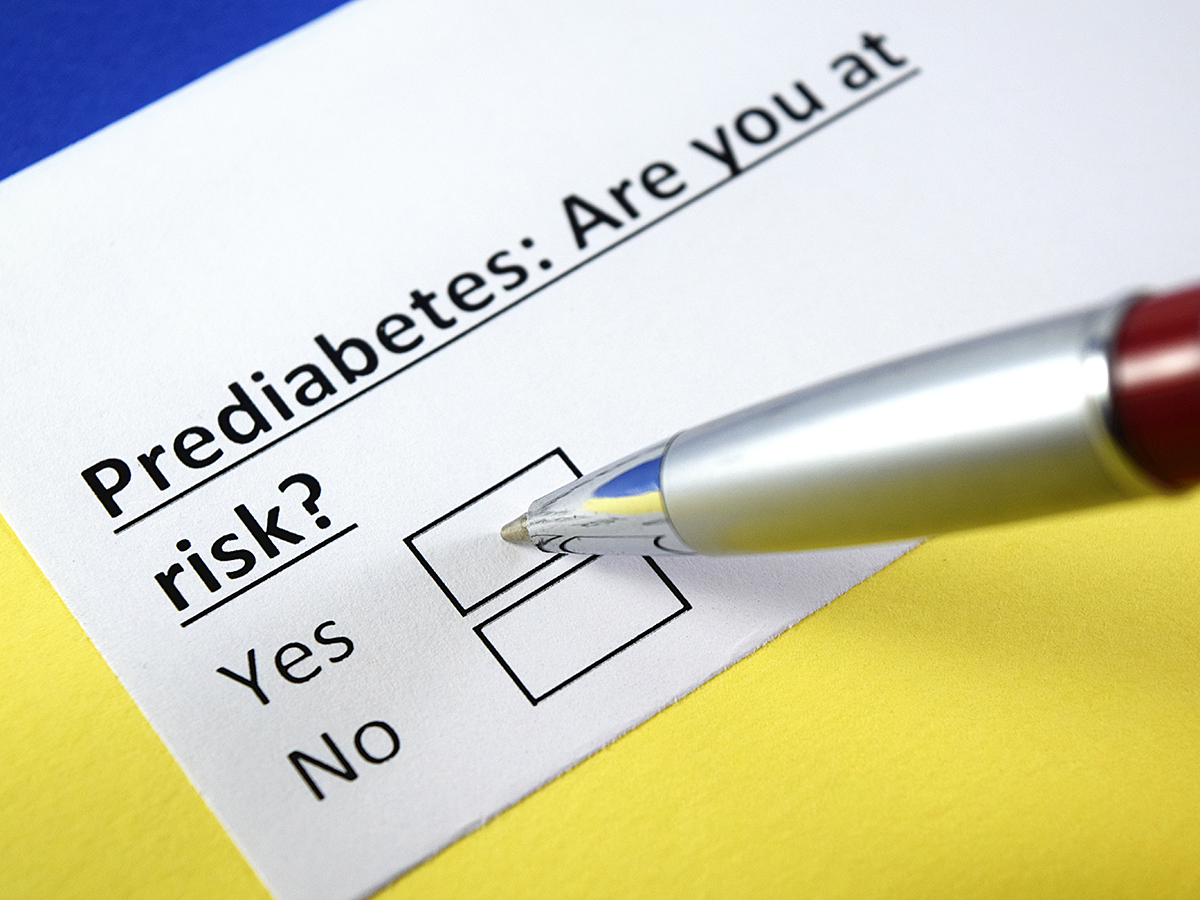96 million American adults — more than 1 in 3 — have prediabetes
 Eating right and exercising regularly presents challenges, and not doing so carries real costs. According to the Center for Disease Control and Prevention, in the last two decades, the number of adults diagnosed with prediabetes has more than doubled, to 96 million U.S. adults. Alarmingly, 80% of them don’t know it.
Eating right and exercising regularly presents challenges, and not doing so carries real costs. According to the Center for Disease Control and Prevention, in the last two decades, the number of adults diagnosed with prediabetes has more than doubled, to 96 million U.S. adults. Alarmingly, 80% of them don’t know it.
What is prediabetes?
Prediabetes is a serious health condition where blood sugar is above the normal level. It can lead to type 2 diabetes, which impacts how your body processes food into energy and compromises your ability to produce and use insulin.
If left unchecked, prediabetes can lead to diabetes, of course, but also heart disease and stroke.
To make matters worse, diabetes-related health conditions are expensive. The American Diabetes Association estimates the disease costs Americans $327 billion in treatment and lost wages each year.
Not easy to detect
While serious, prediabetes has few if any symptoms. Because of that, it is often goes undetected. It is important to be aware of warning signs and risk factors that the condition has progressed to type 2 diabetes.
Common symptoms of type 2 diabetes include:
- Frequent urination
- Extreme thirst
- Fatigue
- Numbness in the hands or feet
- Blurred vision
- Unexpected weight loss
If you have a family history of diabetes, are overweight, or are 45 years or older, it is important to talk to your doctor about getting tested.
Prevention
Luckily, prediabetes can be reversed and, with some simple lifestyle changes, you can avoid a type 2 diabetes diagnosis. It’s helpful to add physical activity to your lifestyle. Aim for at least 30 minutes a day. Additionally, small eating changes — cutting back on carbs and sugar-heavy foods and replacing them with vegetables and protein — can have a big impact. Be sure to consult with your physician before beginning any new exercise program or changing your diet.
